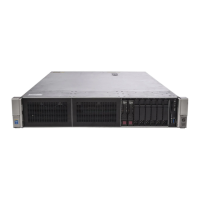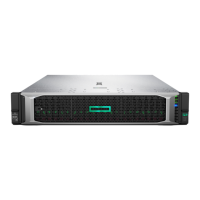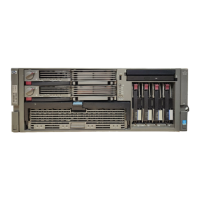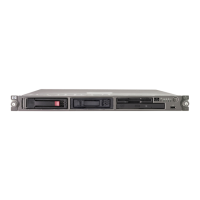Troubleshooting 3-35
If you do a reset, do not waste your time taking a memory dump. Instead, just bring the machine up and
report the problem to the Response Center.
Step 2: Boot to ISL.
At this point, you have successfully initiated a TC and are watching the hex display change through all of
its selftest codes.
1. After a TC, the console is automatically placed into console mode so you can monitor the boot
process messages.
2. When the console displays a prompt for booting the computer, enter a response so that the computer
boots from the PRIMARY PATH, as you would for any normal system start attempt.
3. If the autoboot flag is enabled, you see:
Processor is starting the autoboot process.
To discontinue, press any key within 10 seconds...
As soon as you see the above prompt, press a key.
Step 3: Dump the System.
At this point, you are at the
ISL> prompt.
1. Install a tape on the tape drive configured as the Alternate Path device (the tape drive from which
you normally UPDATE or INSTALL).
CAUTION
Do not do a hard reset (RS) unless absolutely necessary. A hard reset invalidates the memory dump and
destroys important troubleshooting information.
CAUTION
Autoboot is a script of ISL commands that are automatically executed.
If your site uses the Autoboot feature, make sure that you abort the autoboot sequence! Otherwise
the memory dump will be lost unless the autoboot file contains a DUMP command.
NOTE
If you find that you do not get this console prompt, but instead seem to be hanging at the xxxx, 9001, or
C640 code, try typing CO at the CM> prompt. This should switch you into Console Mode and, if auto-
boot is not enabled or if the 10 second autoboot sequence has not expired, you should be able to boot to
ISL.
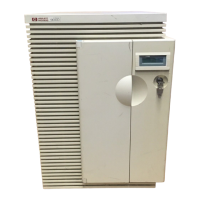
